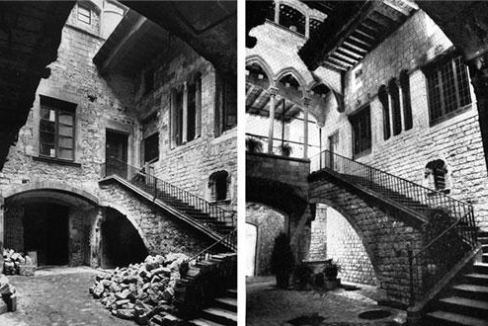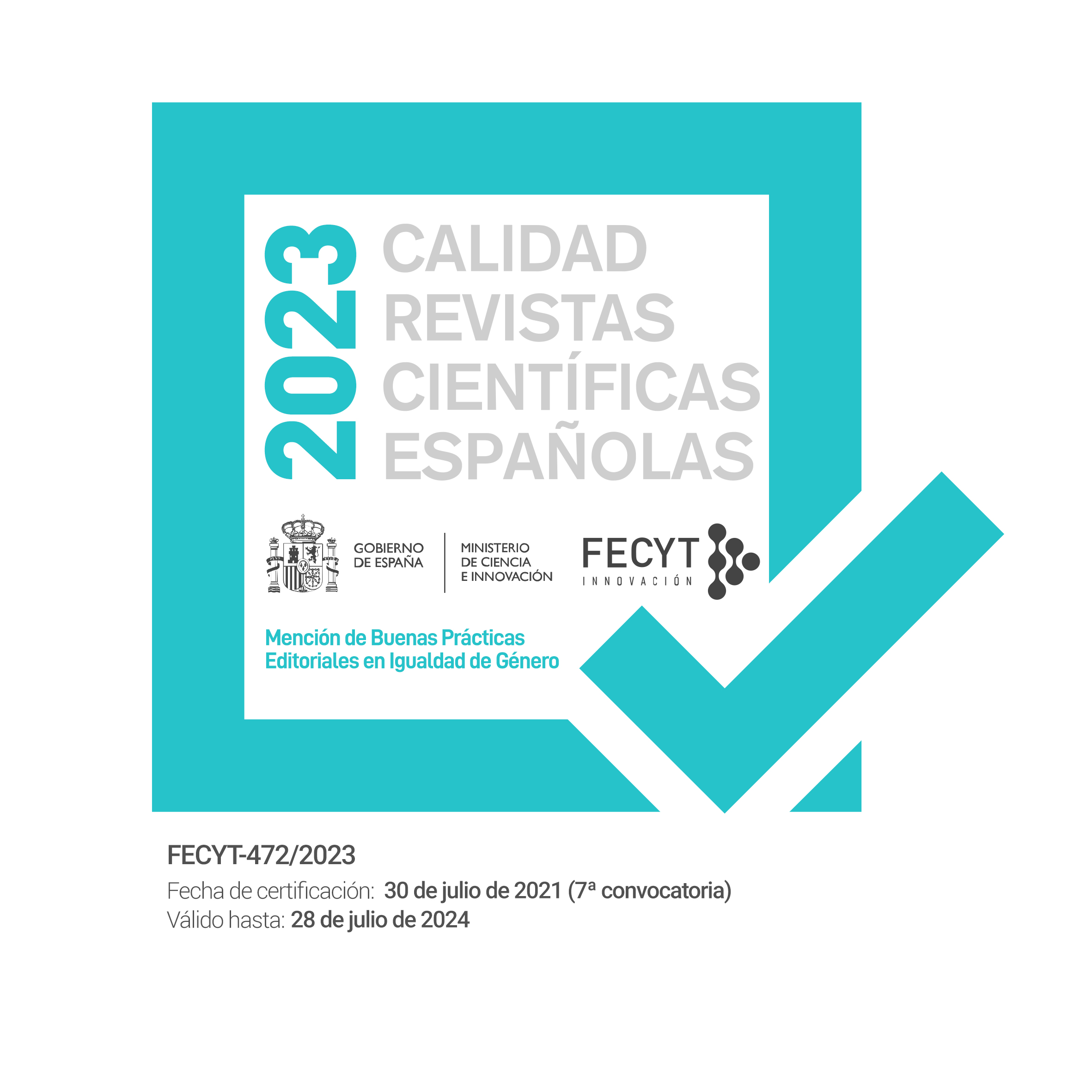The production of Antique Monuments in the age of mass tourism
Keywords:
Restoration, Monuments, Tourism, Theme park, AuthenticityAbstract
At the end of the nineteenth century modern tourism was beginning its development in cities where historic buildings had been preserved so far. This prompted the consciousness, both in Europe and the USA, on the possibility to artificially produce those features of the antiquity attractive for visitors and on the fact that tourists were equally pleased albeit knowing they were visiting copies or reproductions. This paper aims to study the particular history of the modern creation of ancient monuments as a sort of urban promotion, analyzing the bases of its origins and providing some examples of rebuilt monuments in western society from the end of the nineteenth century to 1970.
Downloads
References
ASHWORTH, G. y TUNBRIDGE, J. (1990). The tourist-historic city. London & New York: Belhaven Press.
BARCELONA ATRACCIÓN (1928). “Obras de urbanización y embellecimiento”. Barcelona Atracción, 204, p. 188.
BARCELONA ATRACCIÓN (1934). “Las antiguas edificaciones de la calle del Obispo”. Barcelona Atracción, 282, p. 365.
BROWN, M.; CHAPPEL, E. (2004) “Archaeological authenticity and reconstruction at colonial Williamsburg”. En Jameson, J. (Ed.). The reconstructed past. Reconstructions in the public interpretation of archaeology and history. Oxford: Altamira Press, pp. 47-63.
BULS, C. (1894). Esthétique des villes. Bruselas: Bruylant-Christophe & Cie, (1ª ed. 1893).
CASTILLO RUIZ, J. “El nacimiento de la tutela como disciplina autónoma: Alöis Riegl”. Boletín del Instituto Andaluz de Patrimonio Histórico, 22 (1998), pp. 72-76.
CHOAY, F. (1995). L’allegoria del patrimonio. Roma: Officina Edizioni, (1ª ed. 1992).
CÓCOLA GANT, A. (2011a). El Barrio Gótico de Barcelona. Planificación del pasado e imagen de marca. Barcelona: Ediciones Madroño.
CÓCOLA GANT, A. “El Barrio Gótico de Barcelona. De símbolo nacional a parque temático”. Scripta Nova Revista electrónica de geografía y ciencias sociales, vol. XV, 371 (2011B). <http://www.ub.es/geocrit/sn/sn-371.htm>.
(Cócola Gant, 2011ª): “La invención del monumento histórico. De la Revolución Francesa a Ripoll”.
FABRE, D. (2001). “L’invention de la cité”. En GUILAINE, J.; FABRE, D. (Eds.). Historie de Carcassonn. Toulouse: Privat, pp. 242-252.
FAINSTEIN, S. “La única solución para el turismo masivo es crear Eurodisneys”. La Vanguardia, 6 de junio (2008), contraportada.
FLORENSA i FERRER, A. “La Barcelona que surge. Valoración del Barrio Gótico”. Gaceta Municipal de Barcelona, 19 de junio (1950), pp. 629-633.
FLORENSA i FERRER, A. (1958). Nombre, extensión y política del Barrio Gótico. Barcelona: Ayuntamiento de Barcelona.
FLORENSA i FERRER, A. “Restauraciones y excavaciones en Barcelona durante los últimos veinticinco años”. Cuadernos de Arqueología e Historia de la Ciudad, 6 (1964), pp. 5-36.
HERNÁNDEZ MARTÍNEZ, A. (2007). La clonación arquitectónica. Madrid: Siruela.
JAMESON, J. (2004). “Introduction. Archaeology and reconstruction”. En JAMESON, J. (Ed.). The reconstructed past. Reconstructions in the public interpretation of archaeology and history. Oxford: Altamira Press, pp. 1-18.
MacCANNELL, D. (2003). El turista. Una nueva teoría de la clase ociosa. Barcelona: Melusina, (1ª ed. 1976).
MARTORELL, J. (1908). “Informe al alcalde de Barcelona”. Archivo Histórico de la Ciudad de Barcelona. Documentación Personal, Caja 9, Carpeta 20, Folio 137.
MARTORELL, J. “Reforma interior de Barcelona. Exposición al Excmo. Ayuntamiento”. La Cataluña, 189 (1911), pp. 306-308.
MEDINA LASANSKY, D. (2004). The Renaissance perfected. Architecture, spectacle and tourism in fascist Italy. Pennsylvania: Pennsylvania University Press.
MILLS, S. (2007). “Moving buildings and changing history”. En MOORE, N.; WHELAN, Y. (Eds.). Heritage, memory and the politics of identity. New perspectives in the cultural landscape. Burlington: Ashgate, pp. 109-119.
OLIVER, P. (2001). “Re-presenting and representing the vernacular: the open air museum”. En ALSAYYAD, N. (Ed.). Consuming tradition, manufacturing heritage. Global norms and urban forms in the age of tourism. London: Routledge, pp. 191-211.
PALOU i RUBIO, S. (2012). Barcelona, destinació turística. Un segle d’imatges i de promoció pública. Barcelona: Vitel·la.
POISSON, O. “La restauration de la Cité de Carcassonne au XIX siècle”. Monumental, 8 (1994), pp. 9-21.
PUIG i CADAFALCH, J. “Barcelona d’anys à venir, III”. La Veu de Catalunya, 22 de enero (1901), p. 1.
RIEGL, A. (1987). El culto moderno a los monumentos. Madrid: Visor, (1ª ed. 1903).
RUCABADO, R. “Un barrio gótico en Barcelona”. La Cataluña, 189 (1911), pp. 308-311.
SERRA i ROCA, J. “Les marques de turismo”. La Veu de Catalunya, 22 de diciembre (1929), p 5.
SMETS, M. (1995). Charles Buls. Les principes de l’art urbain. Liège: Pierre Mardaga.
VIDAL CASELLAS, D. (2006). L’imaginari monumental i artístic del turisme cultural. El cas de la revista Barcelona Atracción. Girona: Tesis Doctoral, Universidad de Girona.

Downloads
Published
How to Cite
Issue
Section
License
Las/os autoras/es conservan los derechos de autoría y otorgan a la revista el derecho de primera publicación (reproducción, edición, distribución, comunicación pública y exhibición).
Más infomación en Sobre la revista > Aviso de derechos de autor/a










